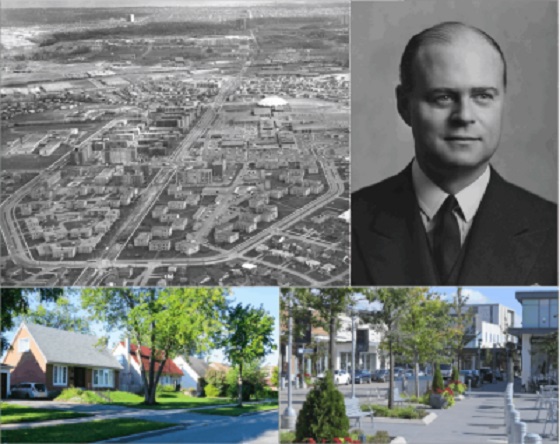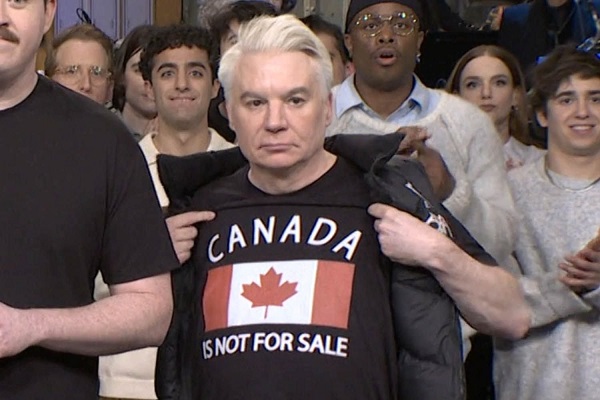Alberta
Alcohol sales in grocery and convenience stores would benefit Albertans

From the Fraser Institute
By Alex Whalen
Earlier this year, the Smith government confirmed that a panel of MLAs has been exploring the idea of allowing grocery and convenience stores to sell alcohol. Since then, there’s been no new developments. But despite misleading claims from some groups resisting the move, greater retail access would benefit consumers.
Alberta’s fully-private retail market for alcohol is unique within Canada. Following privatization of alcohol retail in 1993, consumers in Alberta have benefitted from greater choice and convenience in the absence of government-owned retail outlets. However, the provincial government still controls which private operators can sell alcohol, and generally prohibits the sale in convenience and grocery stores.
But expansion into grocery and convenience stores simply makes sense. Individual retailers should decide where to sell (or not sell) alcohol to cater to consumer preferences rather than have terms dictated by government. As the footprint of government has expanded in Alberta, policymakers should remember what are the core functions of government, and what’s best left to the private sector. And there’s no good reason for government to dictate which stores can sell alcohol.
Again, some groups including the Canadian Centre for Policy Alternatives claim that Albertans pay higher prices for alcohol under privatization, yet this claim simply doesn’t add up.
First, these groups typically use average prices across Canada to support this claim. But average prices across Canada—which includes provinces with strict government controls of alcohol sales—are meaningless because the mix of products in Alberta has changed. In post-privatization Alberta, retailers and consumers come together in a market to set prices. Consumers may willingly pay more for alcohol in Alberta because they find higher quality products, more convenient locations and/or better store hours than in other provinces.
Rather, what matters are not “average prices” but minimum prices and the ability to find the product you desire at the lowest available price. One comparison of nearly 2,000 products between Alberta and British Columbia (which maintains a more government-controlled system of retail) using minimum prices estimated that 83 per cent of beer, wine and spirits were available at cheaper prices in Alberta.
Moreover, liquor store locations have also become more convenient for Albertans. In 2018 (the latest year of available data), 64 per cent of Albertans lived within a kilometre of a liquor store—by far the highest percentage of any province in Canada and much higher than the 26 per cent in Ontario, which has government-operated liquor stores. In the United States, three-quarters of Americans are served by a private liquor retailing system, and privatized states have 50 per cent more liquor stores per capita than those where government controls sales.
And Alberta’s liquor product selection has expanded from 2,200 in 1993 to more than 31,000 varieties of beer, wine and spirits today. By comparison, Ontarians have at least 6,000 fewer products available.
Finally, critics claim that privatization leads to increases in social problems that arise from alcohol consumption. However, the leading study of Alberta’s 1993 privatization found no evidence of increased social problems such as impaired driving or other alcohol-related offenses.
Alberta has led the way in promoting consumer choice in what is otherwise a strictly controlled market for alcohol in Canada. To strengthen this advantage, the Smith government should continue to remove unnecessary restrictions for the benefit of Albertans.
Author:
Alberta
Ottawa’s bold energy promises face skepticism in Alberta

This article supplied by Troy Media.
 By Rashid Husain Syed
By Rashid Husain Syed
Carney vows action but Alberta wants to see results and the repeal of Trudeau-era regulations
Ottawa is promising speed, Alberta is demanding proof, and the future of Canada’s energy industry hangs in the balance. A change in government hasn’t changed the tone—mistrust still defines the relationship between Ottawa and the oil-rich West. That tension is far from resolved, and any reconciliation may still be weeks or months away.
Prime Minister Mark Carney has pledged to “build big, build bold, and build now.” In recent days, new federal Energy Minister Tim Hodgson has been repeating the prime minister’s campaign promise to fast-track projects of national interest, including major energy projects. “Canada will no longer be defined by delay. We will be defined by delivery,” Hodgson underlined in a speech at the Calgary Chamber of Commerce last Friday, pledging to see through the prime minister’s vision to transform “Canada into a conventional and clean energy and natural resources superpower.”
Hodgson made it clear Ottawa is in a hurry. “No more five-year reviews. Decisions will come in two years for all projects. This is not a time for half measures or slow steps,” he said.
In a post-address interview with chamber CEO Deborah Yedlin, Hodgson emphasized his focus on “quick wins” in the energy sector. He reiterated support for the proposed new West to East pipeline, a crosscountry project intended to move Alberta oil and gas to refineries and ports in Eastern Canada, and promised new infrastructure to get Canadian energy “to trusted allies” outside the U.S.
But while pursuing energy infrastructure at speed, Hodgson asserted that limiting greenhouse gas emissions remains a priority. The Carney government sees crude and natural gas exports as complementary to climate goals, not in conflict. This dual-track approach—clean and conventional energy moving forward in tandem—reflects the government’s broader energy vision.
Many in the Calgary business community responded with cautious optimism. Some were encouraged that Calgary was Hodgson’s first major stop. Others were skeptical. “There is some repair and trust-building that has to happen given the challenges of the last 10 years, I would argue,” Yedlin later told reporters, emphasizing that the real test will be reducing regulatory burdens on major projects.
Alberta Premier Danielle Smith, building pressure on Ottawa, was quoted in media reports as saying it’s “go time” for Mark Carney.
“Enough with the foot-dragging. Enough with trying to maintain the same failed policies of the last 10 years. Let’s get going,” says Smith. “Look. I was told to give this guy a chance. I’m giving him a chance. Now I’m telling him: Don’t blow it.”
Her demands are clear: scrap the Liberal No More Pipelines law—formally known as the Impact Assessment Act—along with the cap on oil and gas emissions, the net-zero electricity regulations and the tanker ban off the west coast.
That’s just part of the list. But as Smith puts it, “So far I’m not seeing anything to suggest there’s been a true change of heart.”
“I’ve got a mandate to develop our economy and exercise our constitutional rights, and I’m going to do that, one way or the other,” she emphasized, almost threateningly.
For Canadians, what’s at stake is more than pipeline routes. The outcome of this standoff could shape national energy prices, affect investor confidence in Canadian infrastructure and resource sectors, influence emissions targets and test the limits of federal-provincial cooperation.
Carney and Hodgson face more than infrastructure challenges—they must bridge a widening political divide. The clock is ticking.
Toronto-based Rashid Husain Syed is a highly regarded analyst specializing in energy and politics, particularly in the Middle East. In addition to his contributions to local and international newspapers, Rashid frequently lends his expertise as a speaker at global conferences. Organizations such as the Department of Energy in Washington and the International Energy Agency in Paris have sought his insights on global energy matters
Troy Media empowers Canadian community news outlets by providing independent, insightful analysis and commentary. Our mission is to support local media in helping Canadians stay informed and engaged by delivering reliable content that strengthens community connections and deepens understanding across the country.
Alberta
Alberta providing additional $7 million to Grande Prairie to help transition to municipal police service

Supporting homegrown policing solutions
Alberta’s government is following through on a commitment to ensure that communities can pursue policing solutions that meet their needs and are supported in reaching their public safety goals. That’s why the province is supporting the City of Grande Prairie with an additional $7 million in funding as it transitions to a municipal police service, helping to advance a homegrown solution that meets the needs of the community.
This new funding reinforces and builds on the province’s initial $9.7 million two-year commitment to help the City of Grande Prairie meet its policing and public safety needs, following the city council’s decision in March 2023 to transition from the RCMP to a municipal police service.
“Alberta’s government will do whatever it takes to keep people safe. The City of Grande Prairie is pursuing a policing solution that’s right for the community and its residents, and Alberta’s government is behind them throughout the transition process. Albertans, regardless of where they live, deserve fast and reliable law enforcement where and when they need it. Our government remains committed to ensuring Alberta municipalities have their choice of policing provider.”
Since 2023, Grande Prairie has made significant progress in hiring officers and civilian staff, procuring equipment, and beginning the development of essential IT infrastructure for a municipal police service. This support from the province ensures that the city can keep the momentum of its transition going as it lays critical groundwork for the Grande Prairie Police Service (GPPS).
The funding will support the projected start-up costs associated with building and implementing the new service, including salaries, benefits, recruitment, equipment and training. The GPPS is expected to become the primary police service of jurisdiction for Grande Prairie in 2026.
Once provincial startup funding through the Grande Prairie Police Service Grant agreement ends, the city will absorb all operational costs associated with its new police service. The annual operating budget of the GPPS is projected to be less than those associated with policing services contracted through the RCMP.
“The City of Grande Prairie is thankful for this announcement and the ongoing funding and support from the provincial government as we transition to a municipal police service. The transition is on budget and on schedule and has already provided a positive impact on our community safety and valuable insights on the modernizations that will be achieved with a stand-alone municipal police service model.”
“With the ongoing support and funding from the Alberta government, we are creating a modern, community-oriented police service that reflects the unique needs of Grande Prairie. The Grande Prairie Police Service is quickly proving that a policing transition can be both effective and efficient.”
Key facts
- The projected total cost of establishing and implementing the GPPS is $19 million.
- The GPPS is expected to become the primary police of jurisdiction for Grande Prairie in 2026.
- Through the Indigenous and Municipal Police Transition Study Grant program, Alberta’s government delivered more than $2.2 million in funding to help 35 municipalities, 23 First Nations and eight Metis Settlements to explore ways to enhance their existing policing models as well as alternate options such as self-administered First Nations policing or standalone police services.
- Under Alberta’s Police Act, towns and cities with populations greater than 5,000 are responsible for their own policing and can form their own municipal police service, be part of a regional policing arrangement or contract with the federal government for RCMP policing services to meet their public safety needs.
Related news
- Alberta funds community policing in Grande Prairie (Feb 22, 2023)
-
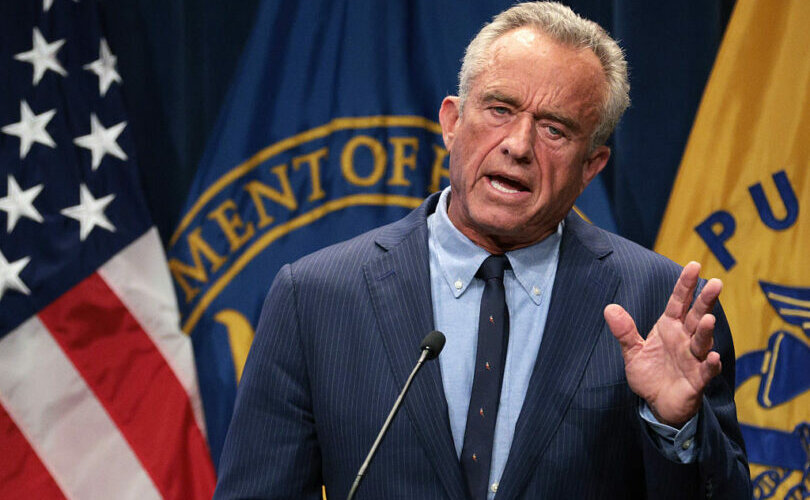
 COVID-192 days ago
COVID-192 days agoCDC no longer recommending COVID shots for healthy pregnant women, children
-

 Alberta2 days ago
Alberta2 days agoAlberta providing additional $7 million to Grande Prairie to help transition to municipal police service
-

 Fraser Institute2 days ago
Fraser Institute2 days agoFederal government’s ‘affordable housing’ strategy doomed without strong income growth
-
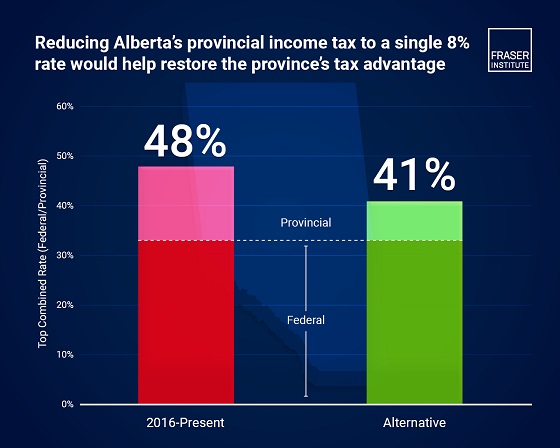
 Alberta2 days ago
Alberta2 days agoMoving to single 8% provincial personal income tax rate would help restore the Alberta Advantage
-

 COVID-191 day ago
COVID-191 day agoDr. Malone: Trump admin takes step in right direction with new COVID shot guidance
-

 Alberta1 day ago
Alberta1 day agoOttawa’s bold energy promises face skepticism in Alberta
-
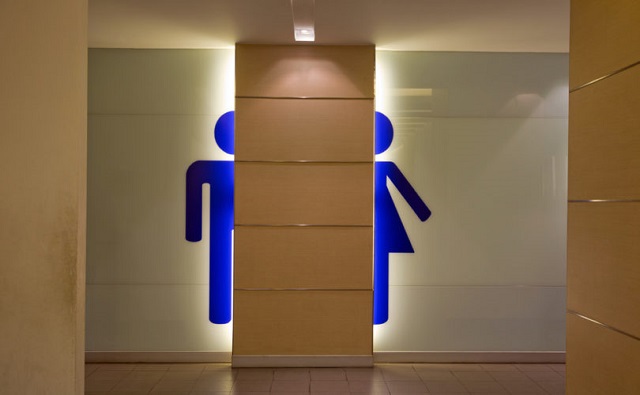
 Health2 days ago
Health2 days ago21 Canadian doctors demand review of transgender drugs, surgeries for children
-
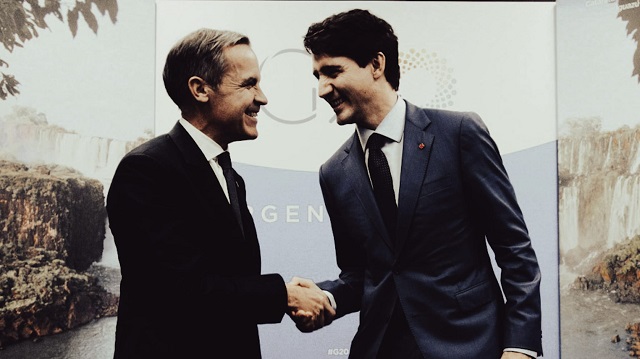
 Carbon Tax2 days ago
Carbon Tax2 days agoCarney picks up Trudeau’s net-zero wrecking ball

